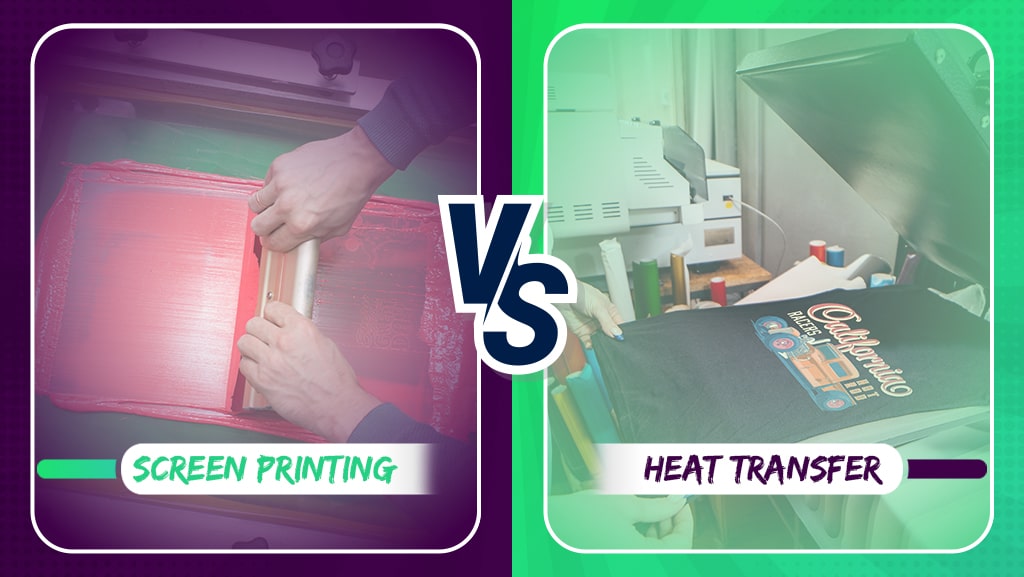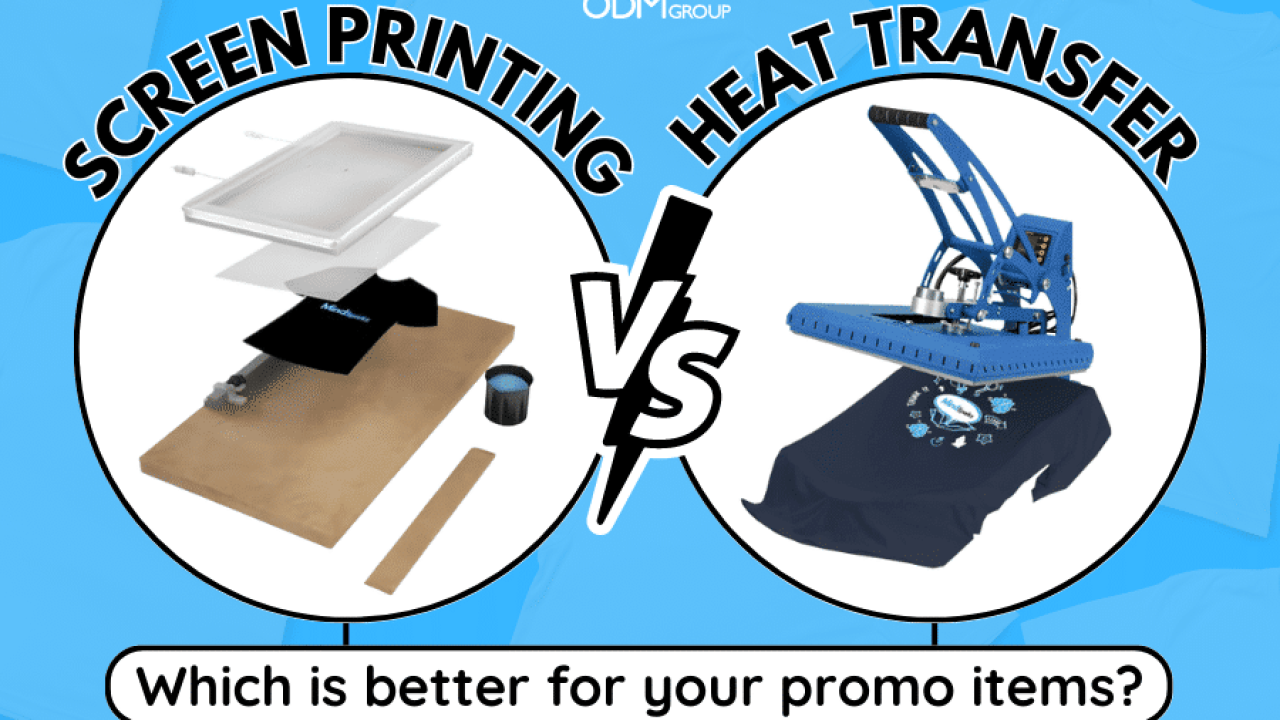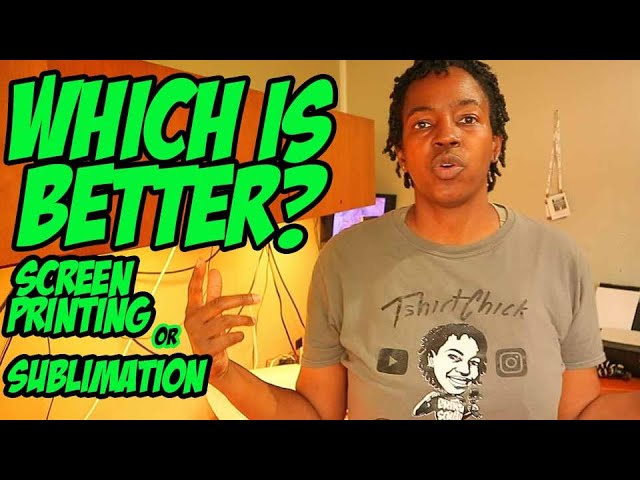What Does Tx Tees Do?
What Does Tx Tees Do?
Blog Article
The Main Principles Of Tx Tees
Table of ContentsThe Greatest Guide To Tx TeesThings about Tx TeesTx Tees - An OverviewSome Ideas on Tx Tees You Need To KnowTx Tees - QuestionsThe smart Trick of Tx Tees That Nobody is Talking AboutGetting My Tx Tees To Work
That brings your total to approximately $1,900 prior to tax obligation and delivery. Build up various other prices, like the number of utilities it takes to run the store and the expense of ink and emulsion per style. embroidery shop. Take the print listed below. This is a one-color image, so the cost of ink per t-shirt is roughly 20 cents.The solution should only be a couple of cents since you 'd only need to layer one display for this job. Exactly how much should you bill per t shirt to make an earnings? Typically, printers attempt to make up to 45% earnings on a print work. Right here's a table to aid you determine that: total expense per product percent of wanted earnings as a decimal (instance:.25 or.45) earnings made per item per task Now let's talk concerning the profitability of DTF.

With DTF, you can print a handful of shirts, or simply one. Both screen printing and DTF have their niches in the globe.
Getting My Tx Tees To Work
The most effective means to understand? Ask about and see what print stores like your own are doing. custom monograming. Try both out and see which you like much better
When you're picking what kind of printing method to utilize for publishing your art work layouts on your garments, it's crucial that you recognize the differences between these two methods so you can make the most of outcomes while decreasing expenses. Screen printing is one of the most commonly used technique for publishing designs on textiles.
DTG printing is also called area or direct to garment printing since it prints only what is needed rather than making a screen as screen printers do. https://issuu.com/txtees02. Display printing works by screen filler squeegee display printing ink screen mesh display, after that transferring the image to garment utilizing heat and/or stress
The DTG printer utilizes special dye-sublimation inks that are used into a pre-designed picture by an electronic printing system. The inks end up being part of the material, permitting lively shades and phenomenal detail. It's additionally referred to as place or direct to garment printing since it prints just what is required instead of making a display as screen printers do.
The 5-Minute Rule for Tx Tees
First, it's much quicker - you can publish a fullcolor photo in mins, as opposed to hours for screen printing. Second, there's no set up time or expenses entailed - you can print any type of style you such as, without needing to produce a display initially. Third, there's no waste - because screen printers screen print one design at a time, they have to screen each color individually.
The paper is extremely costly and can only be used once. Once it's printed on, it needs to be disposed of. - The preliminary acquisition rate is less than the in advance financial investment of DTG printers- You can publish multi-color layouts one display each time rather of having to publish each color separately like DTG printing.

6 Simple Techniques For Tx Tees
Instead of making use of screen mesh as display printers do, dye sublimation printers make use of laser innovation to move your photos onto garments visit this web-site or paper. A heat process moves the dye from its solid-state directly into the gas stage which subsequently merges it onto material substratums when they are swiftly heated to heats under high stress.
Sublimation printing is environment-friendly. It makes use of much less water than screenprinting, and because it doesn't include using hazardous solvents, it's risk-free for all kinds of garments. The dye sublimation inks are also odor free when treated, unlike display printers that make use of harmful chemicals during the screen printing process that leave behind an undesirable smell.
They also save money on pricey equipment like exposure systems considering that color sublimation printers don't require a UV exposure unit or a flash cure oven that is commonly used in screen printing (custom cap printing). What is direct to garment printing (DTG Printing)? DTG printing is an electronic screenprinting process that publishes directly onto material utilizing specialized inkjet printers
Some Known Facts About Tx Tees.
DTG printing provides many advantages over standard screenprinting, including the ability to publish photographic quality photos, higher color vibrancy, and the capacity to print designs on darker textiles. DTG printers work by heating the textile ink till it becomes a gas. The gas then permeates the textile, bonding with the fibers to produce an irreversible print.

Display printers merely prepare their display after that begin publishing up until they run out of product or ink.- There is a large range of skilled screen printers all over the globe, which can be helpful for beginners. - It's a slower process - display printers often need to wait on the ink to dry before they can print the following shade- Screen printers require manual work, so there's a greater learning contour and it takes longer to generate a high-quality style- Screen printing isn't as accurate as DTG printing, so you might obtain some "bleeding" of shades from one component of the picture onto another otherwise done appropriately.
The Buzz on Tx Tees
Rather of using display mesh as screen printers do, dye sublimation printers make use of laser innovation to move your images onto garments or paper. A warmth process moves the color from its solid-state directly into the gas stage which subsequently fuses it onto material substratums when they are rapidly heated up to high temperature levels under high pressure.
Sublimation printing is environmentally friendly. It utilizes much less water than screenprinting, and because it doesn't entail the use of unsafe solvents, it's safe for all types of garments. The color sublimation inks are likewise unsmelling when cured, unlike screen printers that utilize unsafe chemicals throughout the screen printing process that leave an undesirable smell.
They additionally save money on expensive tools like direct exposure units since color sublimation printers do not call for a UV direct exposure unit or a flash cure oven that is normally utilized in display printing. What is straight to garment printing (DTG Printing)? DTG printing is an electronic screenprinting process that publishes straight onto textile using specialized inkjet printers.
4 Easy Facts About Tx Tees Shown
DTG printing uses lots of benefits over conventional screenprinting, including the capacity to publish photo top quality pictures, higher color vibrancy, and the capacity to print layouts on darker textiles. DTG printers work by heating the textile ink up until it transforms right into a gas. The gas then permeates the material, bonding with the fibers to create an irreversible print.
Report this page